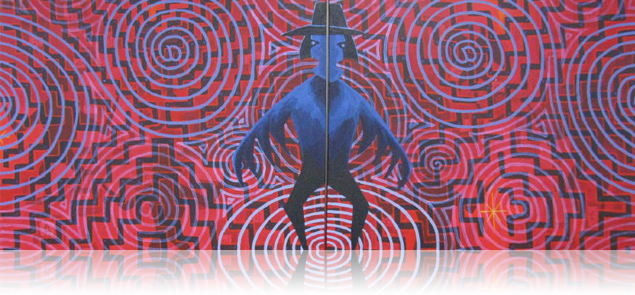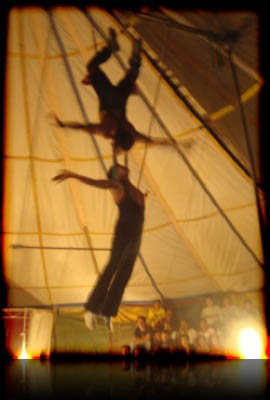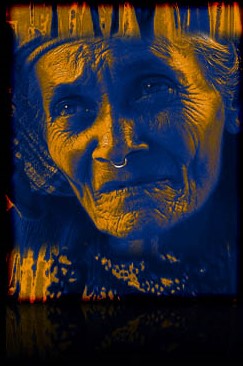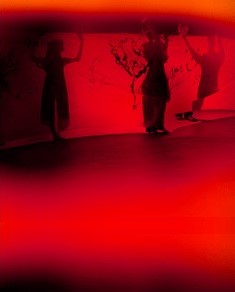Between Signs, Symbols, and Signals
DOI:
https://doi.org/10.25071/1913-5874/37367Abstract
My visual work in general is directly linked to the historically legacy of colonialism that has threatened the customs and ceremonial rituals of the Kuna way of being. Following the separation of Panama from Colombia in 1903, the process to “civilize” and “Christianize” the Kuna people began in earnest with the arrival of missionaries and, later on, Panamanian police. The Kuna people were forced to change their costumes, mistreated, punished and tortured. As a result of all of this, the Kuna community rebelled in the Tule Revolution of 1925 creating the conditions for a cultural revitalization and dynamism that remains very much alive today. Political negotiation, performances of indigeneity, and violence were important tools of rebellion for the Kunas, which, driven by the Kuna determination to keep their traditions, language and way of life secured a degree of autonomy from the Panamanian state. In 1930, the Panamanian State recognized the San Blas Reserve for the Kunas and in the Law of 1938 they guaranteed the Territory of San Blas. With the Law 16 of 1953, the Panamanian government defined the internal autonomy of the Kuna based on a document negotiated with the Kunas since 1945; with Law 20 in 1957 the Territory was designated an Indigenous Reserve, known today as Kuna Yala or Territory of the Kunas.
Similarly to what earlier generations of Kuna have done to maintain a vibrant culture, I incorporate Kuna culture and visions to critique current globally, culturally, and humanly destructive practices. The work presented here is primarily about reincorporating the negative effects of human destruction of the planet into a narrative of hope. In “Between Signs, Symbols and Signals,” a compilation of visual art, I draw on Kuna culture and spirituality to address issues of current climate change, pollution and environmental destruction.
Like other traditional artists, my natural, human and spiritual environment inspires my art. As a human being of the 21st century with deep roots in Kuna ancestral culture, I integrate symbols from many different communities and realities into my work. My process is one of fusion: I fuse the sacred symbols found in Kuna pictographs, traditional rites, historical events and ceremonies with those found in other indigenous cultures and also in urban culture, recodifying them to create my own visual language. “Entre Signos Y Señales (Between Signs, Symbols and Signals)”, was composed for el Museo de Arte Contemporaneo de Panama MAC’s (Museum of Contemporary Art Panama) 2010 exhibit “Arte de la primera década del siglo XXI.





